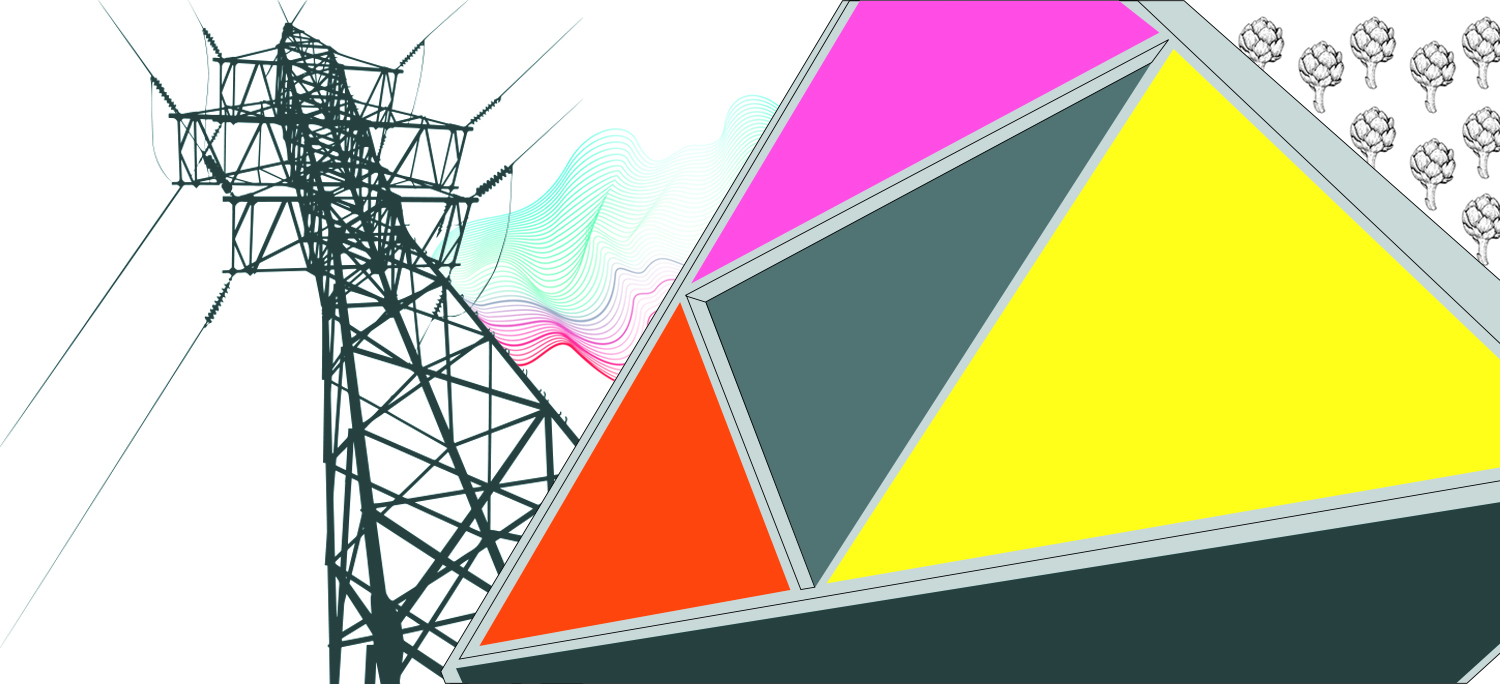hat technology is electricity demand and consumption response methods. Large, international actors like Siemens are testing their demand response services here. Our reputation as a trailblazer and our top ranking in a European study did not happen by chance.
Developed electricity markets allow for the utilisation of demand response in several electricity market places. Above all, Finland is home to active actors. One of these is transmission system operator Fingrid, which seeks industry innovations with both existing and new partners in cooperation.
“There is worldwide demand for demand response methods, as energy markets everywhere are struggling with the same problem,” explains Fingrid’s Operational Development Manager Jonne Jäppinen. Jäppinen points out that the price of rapidly balancing consumption with production on the electricity market is many times larger than normal wholesale electricity. Vast sums of money change hands on the markets.
“Being flexible with consumption can achieve significant additional benefit. Many companies have already noticed this, and more actors have joined the markets,” says Jäppinen.
FINGRID PROVIDES EXPERTISE AND A TEST FIELD
Not a single demand response solution has yet become mainstream. According to Jäppinen, Finland has some of the world’s leading energy competence and hourly measurement is already advanced. That, combined with our reputation, open cooperation and unprejudiced attitude creates a good foundation.
“We want to act as an enabler and help to create new business around clean electricity and flexibility,” says Jäppinen.
Fingrid engages in cooperation with very different kinds of actor, from small start-ups to multinational giants.
“We offer companies a proving ground and our expertise. Companies are able to test their ideas at low risk. Innovations can be productised and conceptualised ready for the global markets,” adds Jäppinen.
The operational development manager points out that demand response technology is swarming with technical specifications, and Fingrid’s technical criteria are stringent. Solutions must therefore be developed in cooperation in order for each party to achieve what it’s aiming for.
It is also important to ensure that the solutions comply with legislation and standards. Fingrid helps to remove regulatory obstacles. For example, marketplace regulations compiled primarily from a hydropower plant perspective cause problems. The regulations have been successfully developed, and increasingly diverse consumption sites can participate in the markets.
S GROUP AND SEAM GROUP DEMAND RESPONSE SOLUTIONS AS PILOTS
Cooperation has already achieved promising results. One example is aggregate companies, who consolidate small-scale consumption and production into a single larger entity, which can participate in different markets. Finland is a global leader in this area, too.
Fingrid and the French company Voltalis are currently working on a joint pilot project to develop ground rules for aggregator activities on the balancing power and reserve markets.
Demand response potential has been tested in seven Prisma stores with S Group. At 1.15 terawatt hours per year, S Group is Finland’s largest non-industrial consumer of electricity. The pilot project investigated whether the Prismas could participate in demand response by disconnecting devices during periods of peak consumption and discharging overproduction through their properties. The results were good, and S-Voima’s Portfolio Manager Tommi Riski says that the aim is to expand demand response to all levels within the S Group. If this were to be implemented, it would make demand response huge.
With the SEAM Group, Fingrid investigated how cold storage can be used to offer frequency-controlled normal operation reserves for the reserve markets. Cold storage is excellent for use as balancing resources, as a –26-degree Celsius hall can withstand occasional increases and decreases in consumption. In the same way, lights can be turned off in a greenhouse during a spike in consumption without disrupting the growth of the plants.
Based on the cooperation projects, Jäppinen says that reserve power generators have also shown promise as sources of demand response, and Finland has hundreds of megawatts’ worth of power generators.
FINGRID’S OPEN DATA ATTRACTS THOUSANDS OF USERS
Demand response solutions are just one example of new services created by the grid for which there is global demand.
Just over a year ago, Fingrid opened its data interface and was the first European transmission system operator to offer almost real-time data about electricity markets and the power system for free use. The data contains timestamped information at hourly and minutely levels on e.g. electricity transmission, prices, consumption and forms of production.
By utilising the open data collected by Fingrid, we can develop new services for companies, consumers and other electricity market actors. The precise monitoring of energy consumption alone saves money. Services are developed constantly in cooperation projects, competitions and hackathons.
“Data is the most important raw material of this millennium. The amount of interest has exceeded all expectations and there are thousands of users – from large-scale electricity consumers and research institutions to private individuals,” explains Jäppinen.
Of course, Fingrid itself benefits from the cooperation in many ways.
An important goal with regard to demand response technology is to bring more competition to the electricity markets. Currently there is little supply, and prices reflect this. If the number of actors increases, costs will fall, and Fingrid can pass this benefit on to its customers.
“Demand response is about the better utilisation of existing resources. In the best case, we will also be able to create some global success stories,” says Jäppinen.






